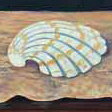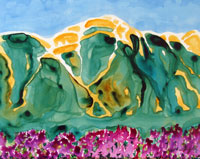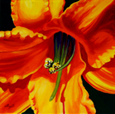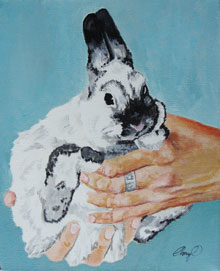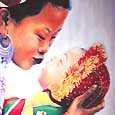“My advice to the women’s clubs of America is to raise more hell and fewer dahlias.” J.A.M. Whistler –
James Abbott McNeill Whistler (1834 – 1903) is one of my favourite portrait painters, and one of art history’s more colourful characters. His family was wealthy – in 1842 Czar Nicholas of Russia invited Major George Whistler (James’ Father), a British railroad engineer, to build a railroad from St. Petersburg to Moscow for a large annual salary. James attended the U.S. Military Academy at West Point in 1851, where he got first in drawing, but did poorly in chemistry. He was eventually expelled for constantly breaking the rules. Supported by a generous inheritance, he then went to Paris to study art. While copying masterpieces in the Louvre, he met Henri Fantin-LaTour and eventually networked with Courbet and Rosetti. You can see the influence of the Pre-Raphaelites – those romantic medieval dreamy paintings of women in long dresses – in some of Whistler’s work. Whistler’s art career had its bumps and rejections from the galleries too. Most notably, in 1877 John Ruskin wrote an insulting review of some of Whistler’s paintings in an exhibit. Whistler decided to sue Ruskin for liable in what has been called the most sensational art trial of that century. Whistler was awarded a small sum of money, and the trial ruined him financially. He was forced to sell his home. Fortunately he was at that time commissioned to do some etchings in Venice, and he spent 14 months there. He had enough of a reputation by then to make a more than comfortable living from commissioned portraits, and other painting sales and eventually settled in London England. He set up house with 2 of his models at different times, and did eventually marry in 1888. His wife was the widow of E.W. Godwin a famous English architect-designer. Here’s a link for you to see some of Whistler’s paintings. I have seen “The White Girl” at the National Gallery in Washington, and is often the case, it is breathtakingly beautiful to stand in front of, but a photo does not half capture that beauty.
Paintings by J.A.M. Whistler (Find link on my website homepage, if you are reading this elsewhere.) And, I do love this quote, especially given the time period he lived in.
